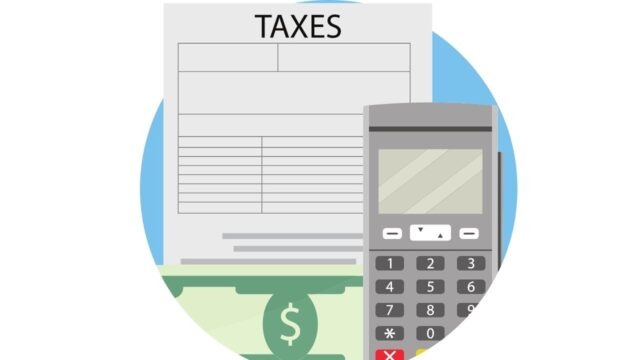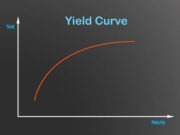
What is ‘Backup Withholding’
Backup withholding is the tax that is levied on investment income, at an established tax rate, as the investor withdraws it. Backup withholding helps to ensure that government tax-collecting agencies (such as the IRS or Canada Revenue Agency) will be able to receive income taxes owed to them from investors’ earnings. Backup withholding may be applied when an investor has not met rules regarding taxpayer identification numbers (TIN). At the time the investor withdraws his or her investment income, the amount mandated by the backup withholding tax is remitted to the government, providing the tax-collecting body with the required funds immediately, but leaving the investor with less short-term cash flow.
Explaining ‘Backup Withholding’
Investors commonly earn income – for example, interest payments, dividends, capital gains – from assets in which they have invested. While this income is taxable at the time it is received, the taxes owed on any calendar year’s worth of investment income only come due once every year, during tax season.
How to determine if backup withholding applies to you
When it comes to taxes, there are a few different ways that you can end up owing money to the government. One of these is backup withholding. But what is backup withholding, and how can you determine if it applies to you?
Backup withholding occurs when the IRS requires your employer or other payer to withhold taxes from your payments. This can happen for a few different reasons, including failing to provide your taxpayer identification number or providing incorrect information on your tax return. If you’re subject to backup withholding, the payer will withhold 24% of your payment for federal taxes.
There are a few ways to determine if backup withholding applies to you. First, you can check the box on your W-4 form that says “Single” or “Married.” If you check the box that says “Married,” your spouse must also agree to have taxes withheld from their payments. You can also ask the IRS directly by calling 1-800-829-1040. When you call, be sure to have your Social Security number handy so they can quickly look up your account.
How to file a Form W-9 with the IRS
A Form W-9 is used to provide the IRS with the taxpayer identification information of a U.S. person or entity. This form is generally used by organizations that make payments to individuals and businesses for services rendered. The information provided on the W-9 is used to prepare the recipient’s tax return. To complete a Form W-9, the payee must provide their name, address, and taxpayer identification number. The payee must also indicate their status as an individual, sole proprietor, corporation, partnership, or other entity. Once the form is complete, it must be returned to the paying organization. The paying organization will then use the information on the form to prepare a 1099-MISC tax form for the payee. It is important to note that the Form W-9 is not filed with the IRS. Instead, it is used by the paying organization for informational purposes only.
Tips for avoiding backup withholding in the future
When it comes to taxes, preventing withholding is always better than getting a refund. That’s because it means you’ve had too much money withheld from your paycheck over the course of the year. However, there are a few things you can do to avoid backup withholding in the future. First, make sure that your employer has your correct Social Security number on file. If they don’t, they’re required to withhold 28% of your pay. Second, keep an eye on your tax withholding allowances. If you claim too many allowances, you may have too little taxes withheld from your pay. Finally, stay up to date on your tax payments. If you owe back taxes, the IRS will begin backup withholding until the debt is paid off. By following these tips, you can help to ensure that you don’t have any money unnecessarily withheld from your paycheck.

































